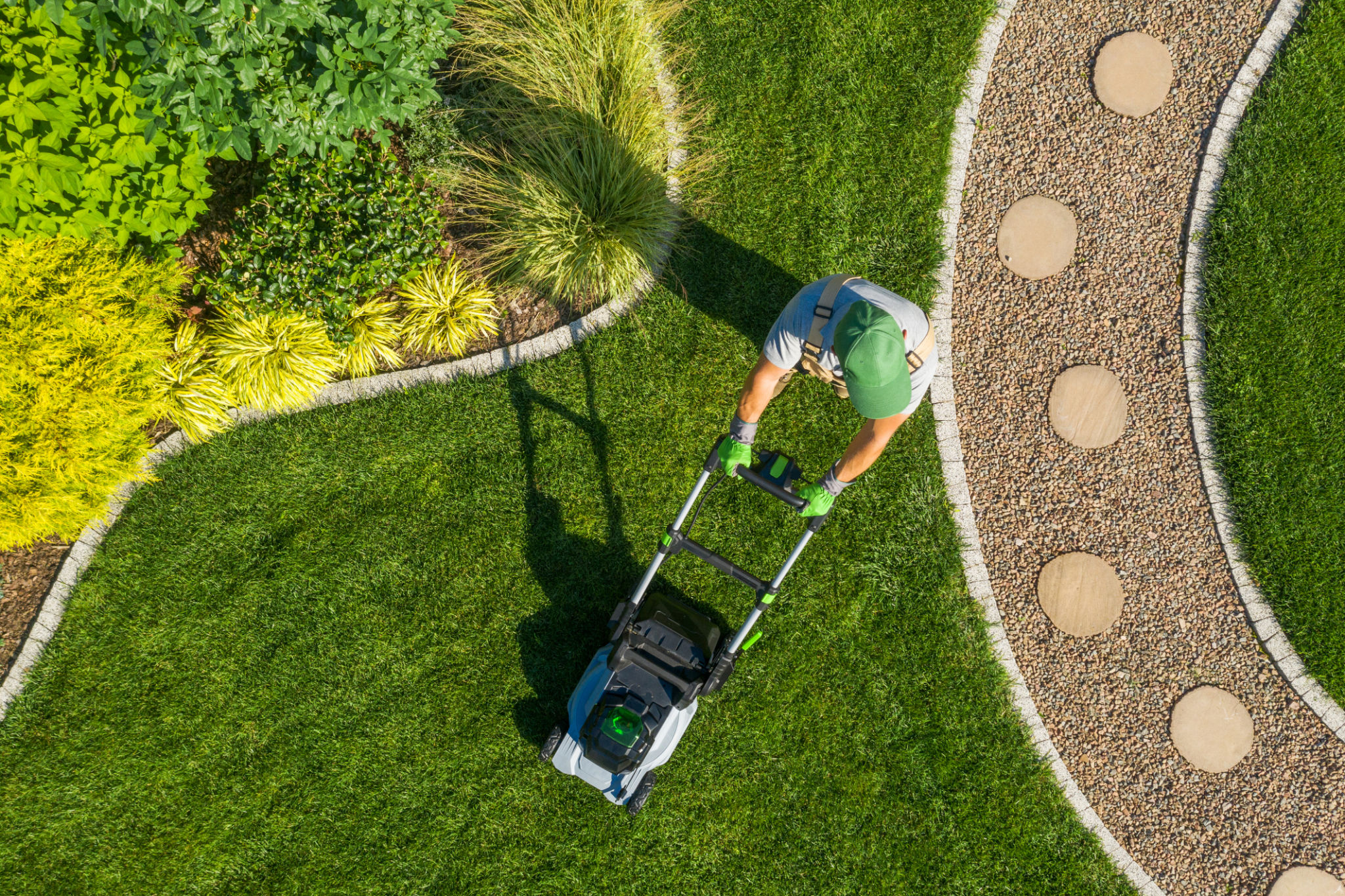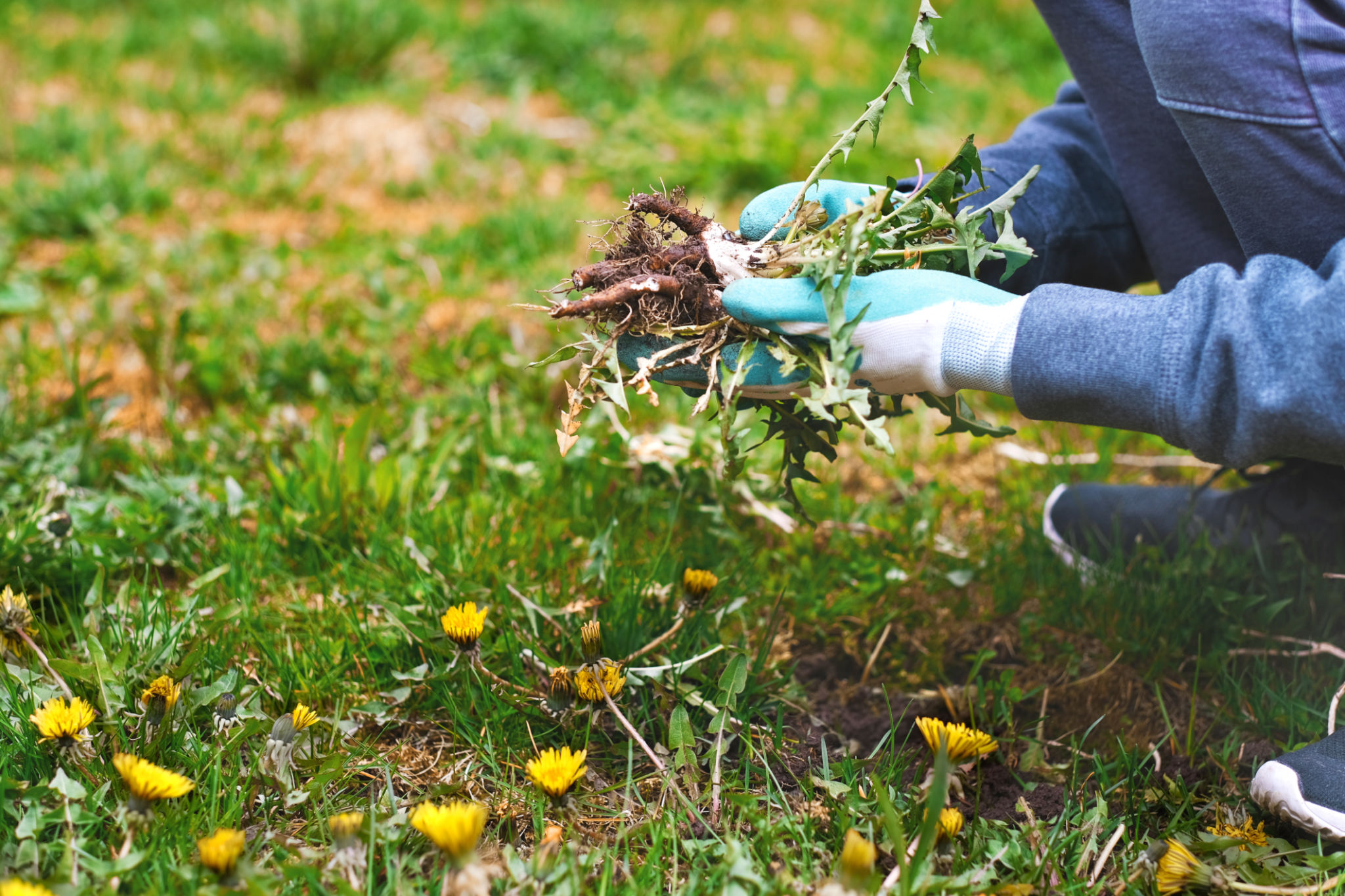Expert Tips for Maintaining a Healthy Lawn Year-Round
Understanding Your Lawn's Needs
Maintaining a healthy lawn requires understanding the specific needs of your grass type, soil conditions, and climate. Different grass species have different requirements, so it's crucial to know what you are working with. Is your grass a cool-season or warm-season type? Understanding this will help you tailor your care routine to suit your lawn's unique requirements.

Proper Watering Techniques
Watering is a critical component of lawn maintenance. The key is to water deeply but infrequently, promoting deep root growth. Aim to water your lawn early in the morning to minimize evaporation and fungal diseases. Most lawns require about an inch of water per week, including rainfall. Adjust based on seasonal changes and specific grass needs.
Signs of Underwatering
If your grass starts to look dull or the blades don't spring back after being stepped on, it might be time to increase watering. Conversely, overwatering can lead to disease and weak roots. Pay attention to these signs to maintain an optimal watering schedule.
Effective Mowing Practices
Mowing correctly is another essential aspect of lawn care. Keep your mower blades sharp for a clean cut, and never remove more than one-third of the grass height in a single mowing session. This practice reduces stress on the grass and promotes healthier growth. Adjust the mower height based on the season and grass type to ensure optimal health.

Benefits of Grasscycling
Grasscycling, or leaving grass clippings on your lawn, can significantly benefit your lawn's health. It returns nutrients to the soil, reducing the need for fertilizers and helping retain moisture. Consider incorporating this practice into your routine for a more sustainable approach to lawn care.
Seasonal Fertilization Strategies
Fertilizing your lawn provides essential nutrients that promote growth and resilience. The timing and type of fertilizer depend on your grass type and climate. For cool-season grasses, fertilize in early spring and fall. Warm-season grasses benefit most from fertilization in late spring through summer.

Choosing the Right Fertilizer
Select a fertilizer that matches your lawn's nutrient needs. A soil test can provide valuable insights into the specific nutrients your lawn lacks. Organic options are often better for the environment and can improve soil health over time. Follow the instructions carefully to avoid overfertilization, which can harm your lawn and the environment.
Aeration and Soil Health
Aerating your lawn helps alleviate soil compaction, allowing water, air, and nutrients to reach the roots more effectively. This process is especially beneficial for high-traffic areas. Typically, aeration should be done once a year for most lawns, ideally during the growing season when the grass can recover quickly.
Benefits of Healthy Soil
Healthy soil is the foundation of a thriving lawn. Incorporate organic matter like compost to enhance soil structure and fertility. A well-aerated and nutrient-rich soil supports robust root development and overall lawn health.
Pest and Weed Management
An integral part of maintaining a healthy lawn year-round is managing pests and weeds effectively. Regular monitoring helps catch issues early before they become significant problems. Use integrated pest management strategies that include cultural, mechanical, and biological controls before resorting to chemical options.

Prevention Techniques
Preventive measures are often more effective than reactive ones. Maintain a thick, healthy lawn to crowd out weeds naturally. For pests, encourage beneficial insects that prey on harmful ones. With these expert tips, you can maintain a lush, vibrant lawn that enhances your home's curb appeal all year round.
